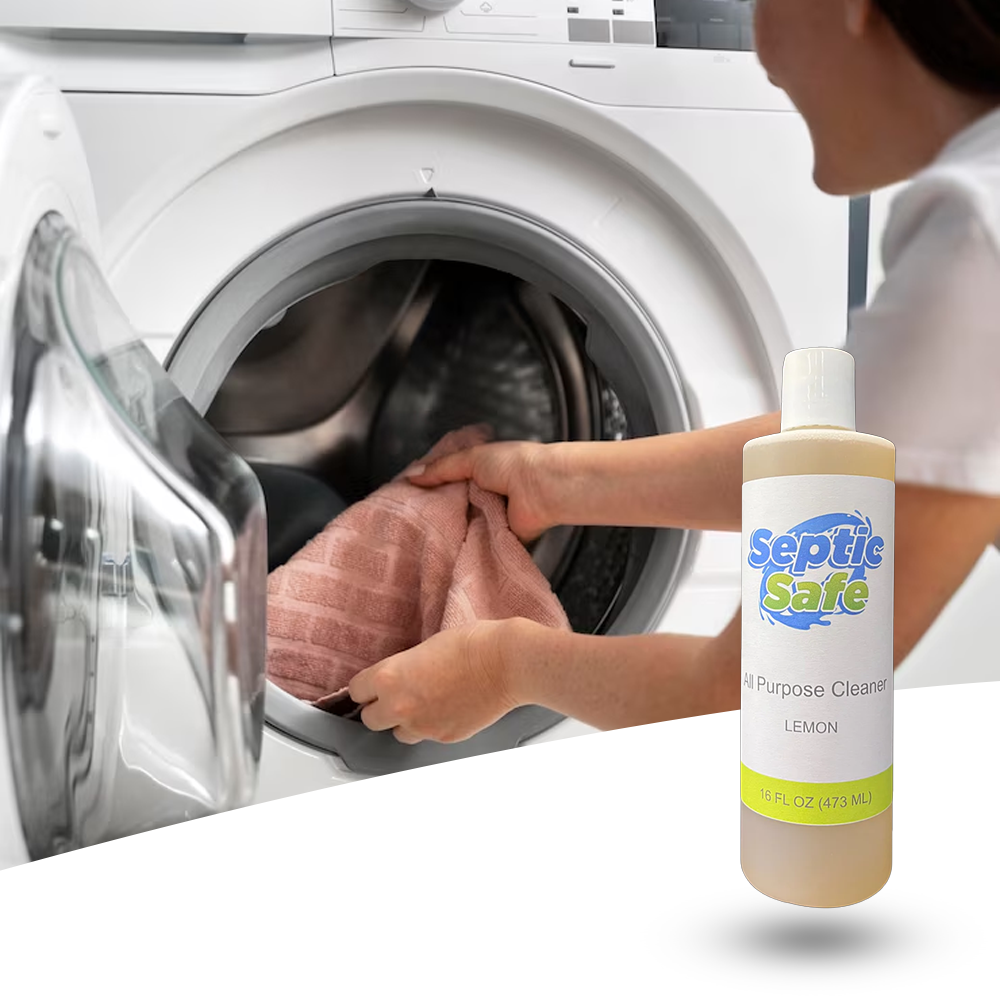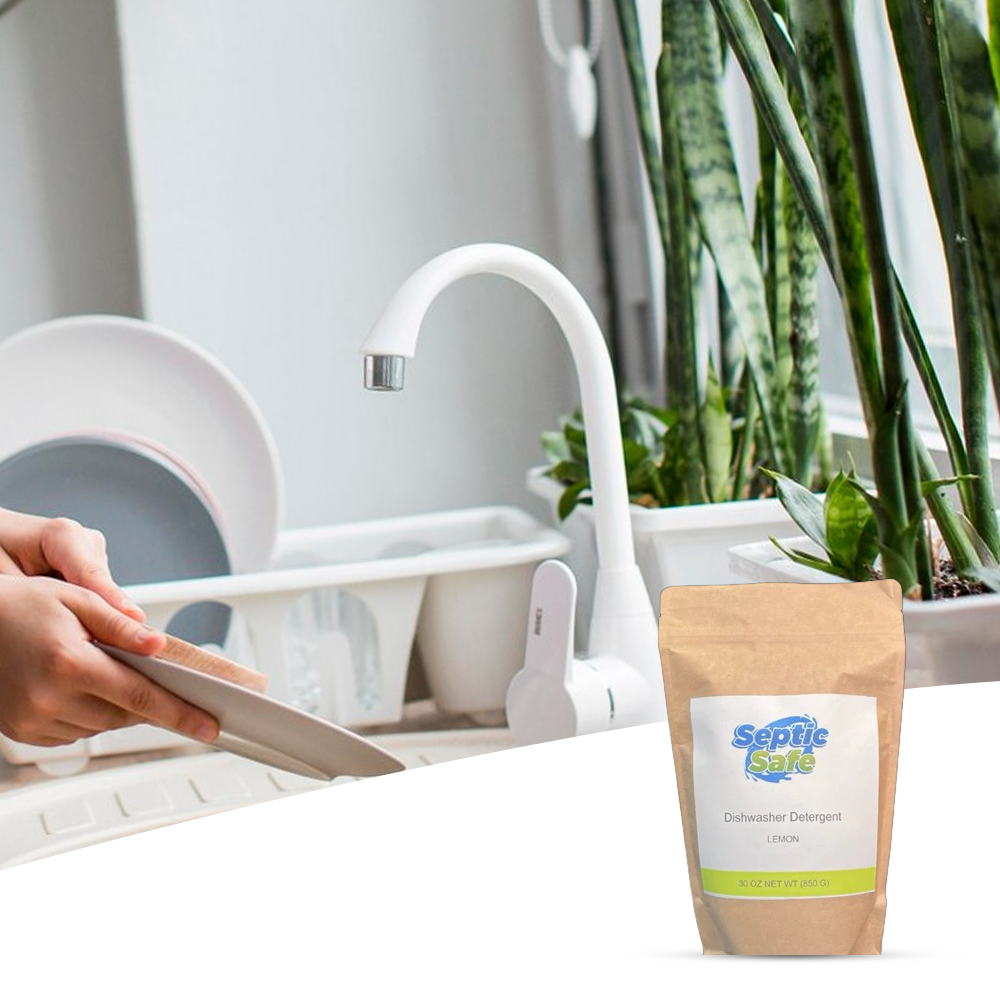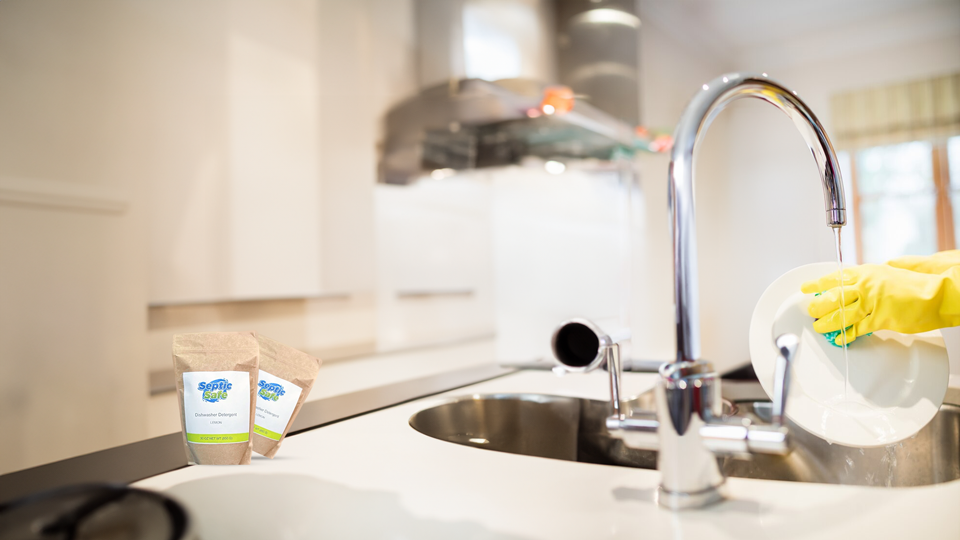Harmonizing Home & Septic Health
Efficient, Eco-Friendly Cleaning for Healthier Homes and Septic Systems
Get Yours NowAbout Us
At Septic Safe, we're dedicated to offering eco-friendly solutions for both home cleaning and septic system care. Our mission is to provide effective, safe, and genuine products that contribute to a healthier home and planet. With a commitment to quality and authenticity, we strive to make a positive impact on both your household and the environment.
The Septic Safe Collection
EcoClean: Versatile Household Solution
Effortlessly Clean Every Surface
SEPTIC SAFE is a powerful yet eco-friendly cleaner spray, perfect for all household surfaces. Keep your home sparkling clean effortlessly!
Explore CleanersShop Our Collections
Sale off collections
SepticSaver: Maintenance Made Simple
SepticSaver SEPTIC TANK TREATMENT ensures a healthy septic system with its easy-to-use tablets. Prevent costly repairs and maintain system efficiency effortlessly.
Explore Products
What Our Customers Say
Subscribe To Our Newsletter
Become a member and save 15%














